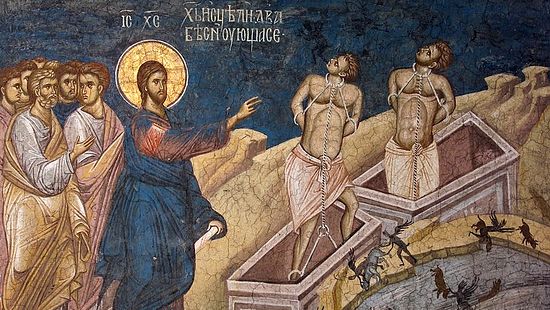Icons are the focal point of the Orthodox experiments and rituals. These are usually called ‘windows to heaven,’ intended to awaken faith, generate spirituality, and serve to join the invisible world. Still the very name of the picture “orthodox icon projecting lie” encourages to study misconceptions and misinterpretations that one might meet when watching these elevated images.
In this article, the author will explain what this phrase ” orthodox icon projecting lie ” actually means, whether icons can sometimes mislead even inadvertently, and how the believers should approach these images.
What Are Orthodox Icons?
Orthodox iconography, therefore, is not only the creation of religious paintings. They are images of religious deities or scriptures and artistic creations with religious motivation. Icons have a very significant use in Orthodox worship and belief.
Key Features of Orthodox Icons
- Symbolism: There are no unimportant elements in an icon: colors, facial expressions. Body positions are singled out by their deep religious meaning.
- Tradition: All icons are made according to standard practices with respect to the proper theological meaning.
- Purpose: They are intended for teaching, exhortation, and in order that through them prayers may be offered up..
The Concern: Can Orthodox Icons Be Misleading?
The phrase “orthodox icon projecting a lie” arises out of the worry that these images, while conventionally accepted, promote ideas about faith that can be misleading. There may be some misconceptions as follows:
Potential Misconceptions
- Literal Interpretation:
The illiterate mass might just interpret icons as a replica of the divine and not a symbolic representation. - Overemphasis on Veneration:
This means that spending a lot of time over the icon with little or no regard to what it stands might lead to idol worship. - Qué templates son impregnados del carácter ortodoxo de sus preferencias religiosas que puede no entenderse por quienes no compartan sus presupuestos teológicos?
Understanding the Truth Behind Orthodox Icons
To counteract misconceptions, it’s essential to approach icons with an informed perspective.
Steps to Approach Orthodox Icons Meaningfully
- Educate Yourself:
During this, the caller will be enlightened on the history of icons and lessons will be taught concerning the meaning and reason behind creation of icons.- Read Orthodox theology texts.
- Watch sermons by clergy or theologians or sit in for presentations or focus group discussions.
- Focus on Intent:
Icons are supposed to remind people about God and help people to focus on Him. Not become gods themselves. - Engage Spiritually:
Utilize the icons for purposes of praying and meditating and not for the sake of the icons. - Seek Guidance:
If you do not understand its meaning, consult clergy about it.
Table: Truth vs. Misconception About Icons
| Aspect | Truth | Misconception |
| Purpose | Spiritual connection and instruction | Icons are objects of worship |
| Representation | Symbolic depiction of the divine | Literal image of God or saints |
| Veneration | Respect for what the icon represents | Worship of the physical icon itself |
| Cultural Influence | Reflects Orthodox Christian theology | Exclusively for one cultural group |
FAQs About Orthodox Icon Projecting Lie
1. In Orthodox Christianity, why are icons significant?
This is why icon is important since it offers a practical way to meditate on divine truths, which lead the faithful to God.
2. The obligation here is to work out how such icons “project a lie”.
The phrase relates to cases of misunderstanding, for example identifying the icon as the actual figure of the deity, or concentrating on the physical appearance of the icon, and not the message behind the image.
3. What is the proper way for using icons in worship?
Treat icons as objects which should facilitate the processes of meditation and prayer. The importance is that everyone should concentrate on the principles of spiritual issues about them, while not perceiving them as idols.
4. Is every icon theologically correct?
To this end, Orthodox generated images are commonly informed by theology very much stringently formulated. However, there are misleading cases of icons when they are seen out of the original environment.
Conclusion
The orthodox icons are going to be theological and artistic creations which have a deep theological message to teach the faithful, to make them aspire towards a personal encounter with God. But, as it always happens with any symbol connected to religion, they are open to interpretation if properly used. It is only through learning and spiritual wisdom that Bachmann underlines how the saying ‘orthodox icon projecting lie’. Must be avoided so they fulfill their purpose ‘as an open window to the divine rather than creating ambiguity’.
It is crucial to learn about Orthodox icons, interact with these sacred images in a sufficient and proper manner and pray to get guidance. If it is necessary to understand or to focus on the actual beauty and sense of the Orthodox icon.




